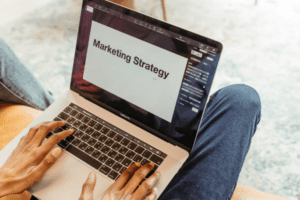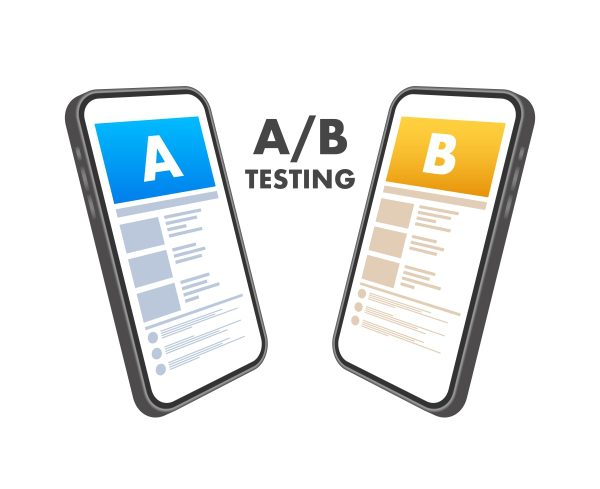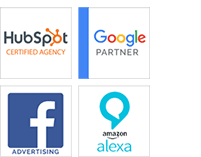
Boost Your Brand: 4 Proven Ways to Master Earned Media Strategy
Earned media is coverage of your brand that you did not pay for. It can come in the form of reviews, mentions, and word of mouth just to name a few. While earned media can easily be confused with owned media and paid media, it is important to understand their differences. Paid media is coverage of your brand that you did pay for, like an advertisement. Owned media is coverage of your brand through means that you control, such as posts on your website or your social media accounts. Customers often view brand coverage that the brand did not produce or purchase for themselves as more trustworthy. Therefore, a good earned media strategy is crucial to a brand’s success.
Here are 4 ways you can improve your brand’s earned media strategy:
1. Be on the First Page of Search Engine Results:
Your content can’t be shared if it can’t be found. If your content is buried in search engine results, it is much less visible to other websites, journalists, and bloggers. If they can’t see your content, they can’t share it with their audiences. Being on the first page of search engine results increases your discoverability, therefore increasing the chances that other websites, journalists, and bloggers will find your content and then share it. Increase your SEO to get on the first page of search engine results. Identify the words your target audience is searching for, and then integrate these keywords into your meta descriptions, headlines, subheadlines, and alt text for images.
2. Make Content:
You want people talking about your brand, but they can’t do that if there is nothing to talk about. In order to give people something to talk about, you have to create content. Creating content will also showcase your industry knowledge. Content can come in the form of videos, blog articles, podcast episodes, social media posts, and so much more. Once you have content to share, it’s important that you share it well. Don’t limit yourself to one method of distribution. Instead, share it using multiple social media platforms as well as via email. You can also establish content partnerships with other brands to create and share content. This will allow you to access their audience as well as your own. Additionally, you should share your earned media coverage on your social media accounts to increase its visibility. You can also share this earned media coverage on your website.
3. Encourage User-Generated Content:
User-generated content (UGC), like social media shoutouts and reviews, is content that is created by users. In this case, the users are your customers. UGC is authentic, and therefore great for your brand’s credibility. To encourage more of your customers to create UGC, feature already existing user-generated content on your website, marketing materials, or social media accounts. An additional way to display this content is to create a gallery of it on your website. Showcasing UGC shows your appreciation for the content your customer created, as well as the consumer themself. Another way you can encourage UGC is by offering customers the chance to win a prize if they post about your brand.

4. Use Trends:
Participating in trends is a great way to get more people to notice your brand. It also helps your brand become part of the conversation about the trend. Since trends reflect current interests, you show your audience that you are up-to-date when you participate in them. Participating in trends gives you the opportunity to go viral, meaning that your content will be widely shared and therefore reach a wide audience. Monitor social media platforms to identify emerging trends. Once you identify a trend, check to see if it aligns with your brand’s values. If the trend aligns with your brand’s values, you should start using or doing it as soon as you can, whether the trend is a hashtag, social media platform, or content style.

By ensuring that you are on the first page of search engine results, making content that prompts conversation around your brand, encouraging user-generated content, and participating in trends, you can improve your brand’s earned media strategy. A good earned media strategy will increase your brand’s trustworthiness in the eyes of your audience, and increase your brand’s overall success.




































